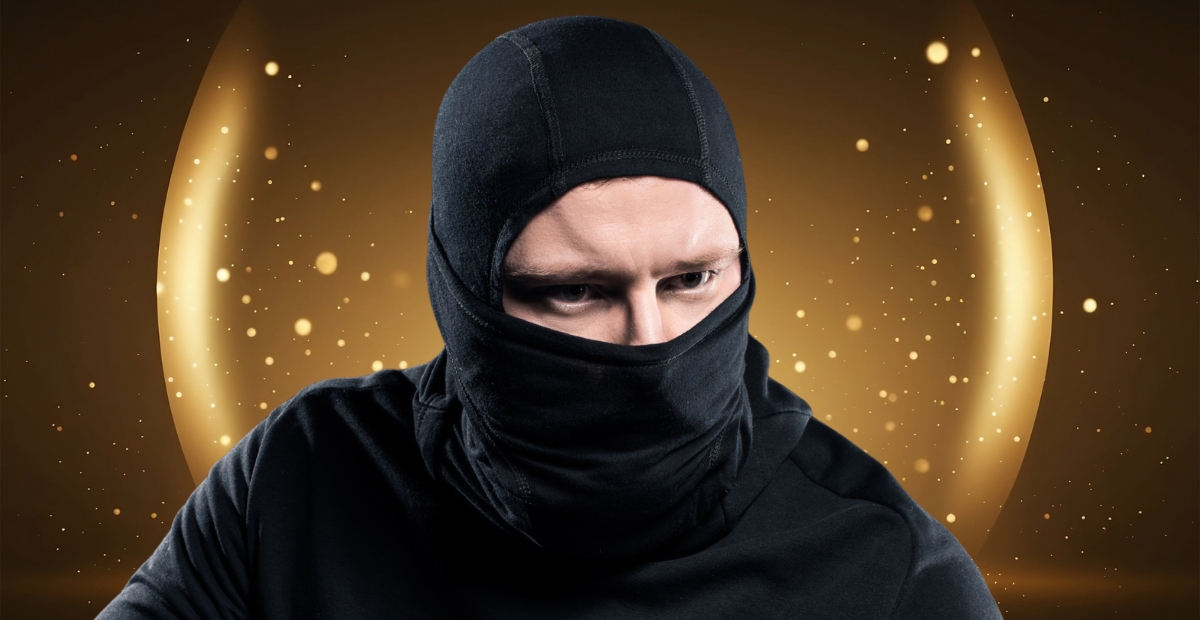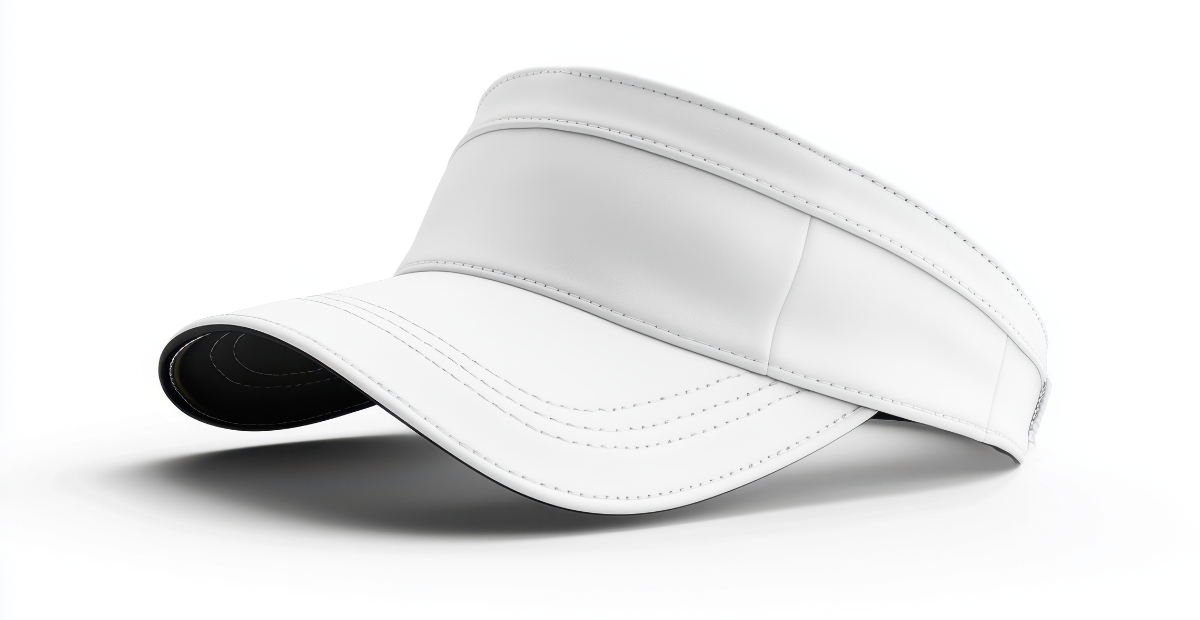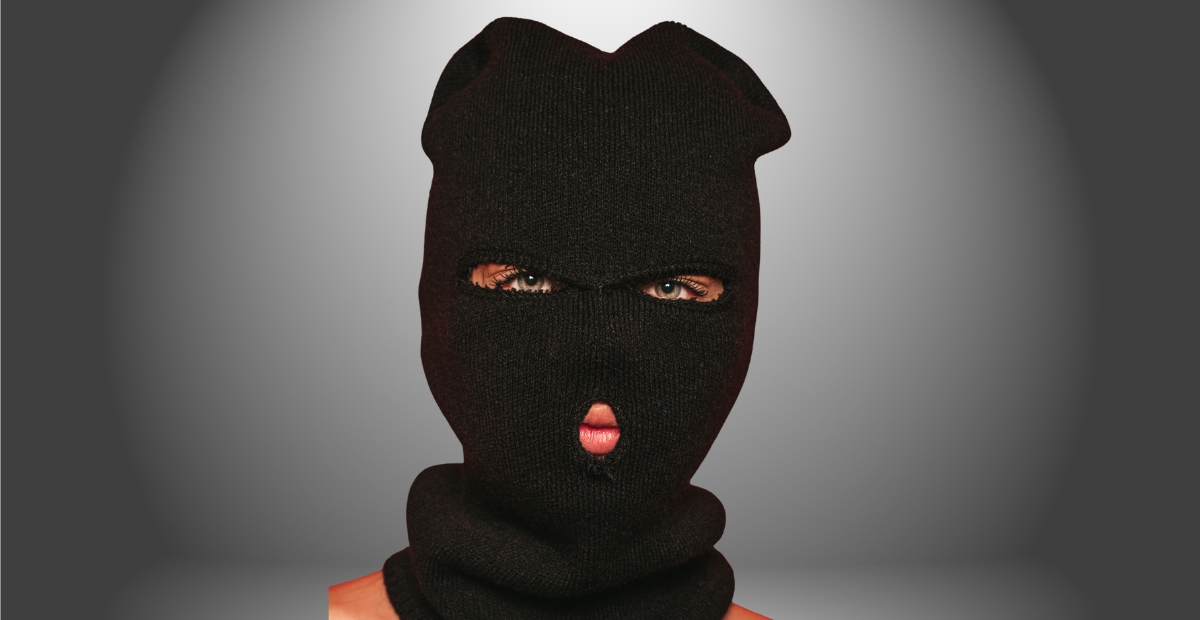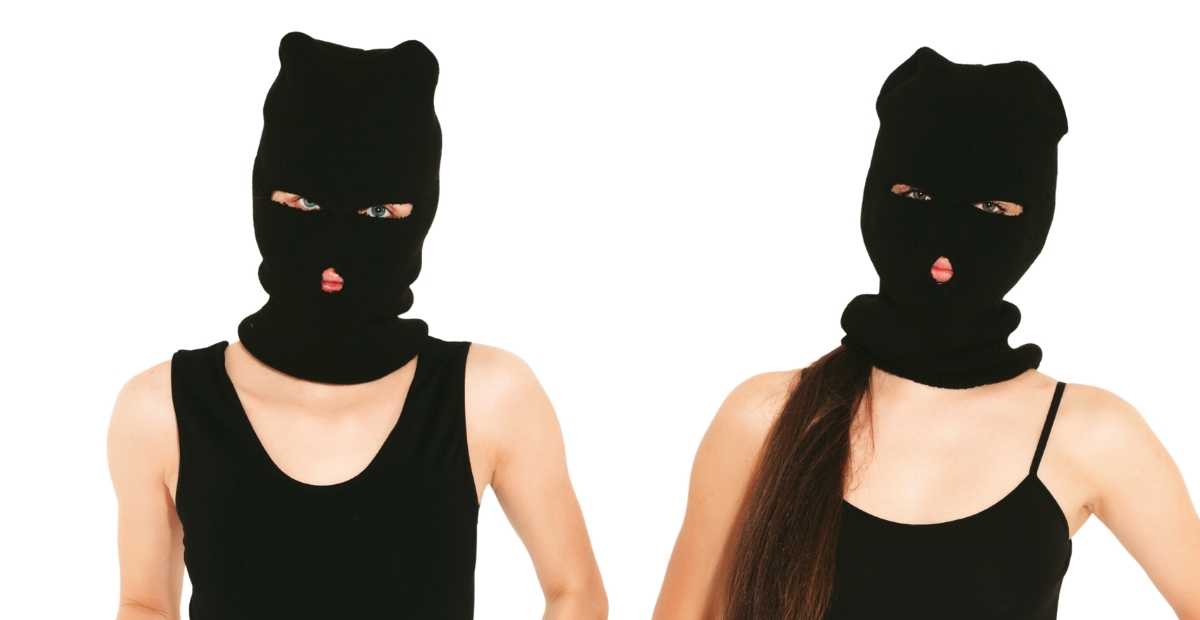A balaclava can be one of the most useful and practical clothing items you could possibly own. Its primary purpose and function is to provide warmth and protection during colder weather. Over time, this clothing piece has developed into a multifunctional item used for a number of things, including outdoor recreational activities, military operations, construction and even high-end fashion. Understanding how to wrap a balaclava properly can result in maximum protection as opposed to discomfort.
Despite the popularity of balaclavas, many people think that to put one on, you simply pull it over your head as you would a shirt. And while this method is useful in some casual scenarios, more effective wrapping principles can lead you to better comfort, coverage and even breathability. With the right technique, a balaclava can protect you against icy winds, abrasive dust, blinding sunlight, and even pollution.
This is a detailed and complete guide that is meant to provide you with the complete history of balaclavas, the importance of proper wrapping, different wrapping styles with a step-by-step instruction for various designs, and advice to help you master every situation. When you are done reading this guide, you will know how to wear your balaclava with great pride – while on your skis, on your bike or taking a stroll down the street.
Table of contents
- The History and Purpose of Wrap a Balaclava
- Why Proper Wrapping Matters
- Picking the Proper Balaclava to Wrap
- Preparing to Wrap Your Balaclava
- Step 3 Guide on How To Wrap Up a Balaclava
- Wrapping Styles and Techniques
- Tips for Comfort and Breathability
- Common Wrapping Mistakes to Avoid
- Wrapping for Different Activities
- Caring for Your Wrap a Balaclava
- Conclusion
- FAQs
The History and Purpose of Wrap a Balaclava
The first traces of the balaclava date back to the Battle of Wrap a Balaclava during the Crimean War in 1854. Some soldiers suffered from extreme frost and woolen knitted masks formed an integral part of the soldiers’ armor. The design of the knitted balaclava has changed significantly however, the basic function of it has not. It still aims to provide comfort and keep the user warm.
Modern balaclavas use a wide range of materials, including synthetics, fleece, cotton, wool, and silk. People wear these balaclavas for
- Skiers and snowboarders who face stinging winds and frigid temperatures.
- Motorcycle and bike riders who want to protect their face from dust and strong winds.
- Military and tactical units who require face concealment for tactical advantage and protection.
- Workers who are exposed to extreme weather conditions for prolonged periods of time.
- Fashion lovers who accessorize with it due to its versatility and wear as part of contemporary streetwear.
Regardless of the reason, knowing ** how to wrap a balaclava** properly increases its efficiency.
Why Proper Wrapping Matters
Discomfort and ineffectiveness are the two main results of wearing a balaclava improperly. “Some users complain that the constricting elastic smothers them and makes breathing uncomfortable.”. On the other hand, some people wearing a balaclava too loosely tend to experience the opposite, where cold winds, and dust easily infiltrate the balaclava. For a user to enjoy the balaclava, it is essential to find the right balance between comfort and protection.The important considerations for correct wrapping includes:
- Comfort – A well wrapped balaclava is snug without creating pressure points.
- Warmth – Insulation is reduced from gaps where heat escapes. Correct wrapping enhances warmth.
- Breathability – Suffocation is caused by incorrect position. Correct positions are easier to breathe from.
- Stability – A firmly wrapped balaclava is positioned even with excessive movements or with a helmet.
- Protection – Dust and debris are blocked that face and neck from wrapping.
Knowing how to wrap a balaclava properly maximizes function in any position or condition.
Picking the Proper Balaclava to Wrap
Design and material are crucial to wrapping comfort. Before learning the technique, picking the correct type of balaclava is crucial.
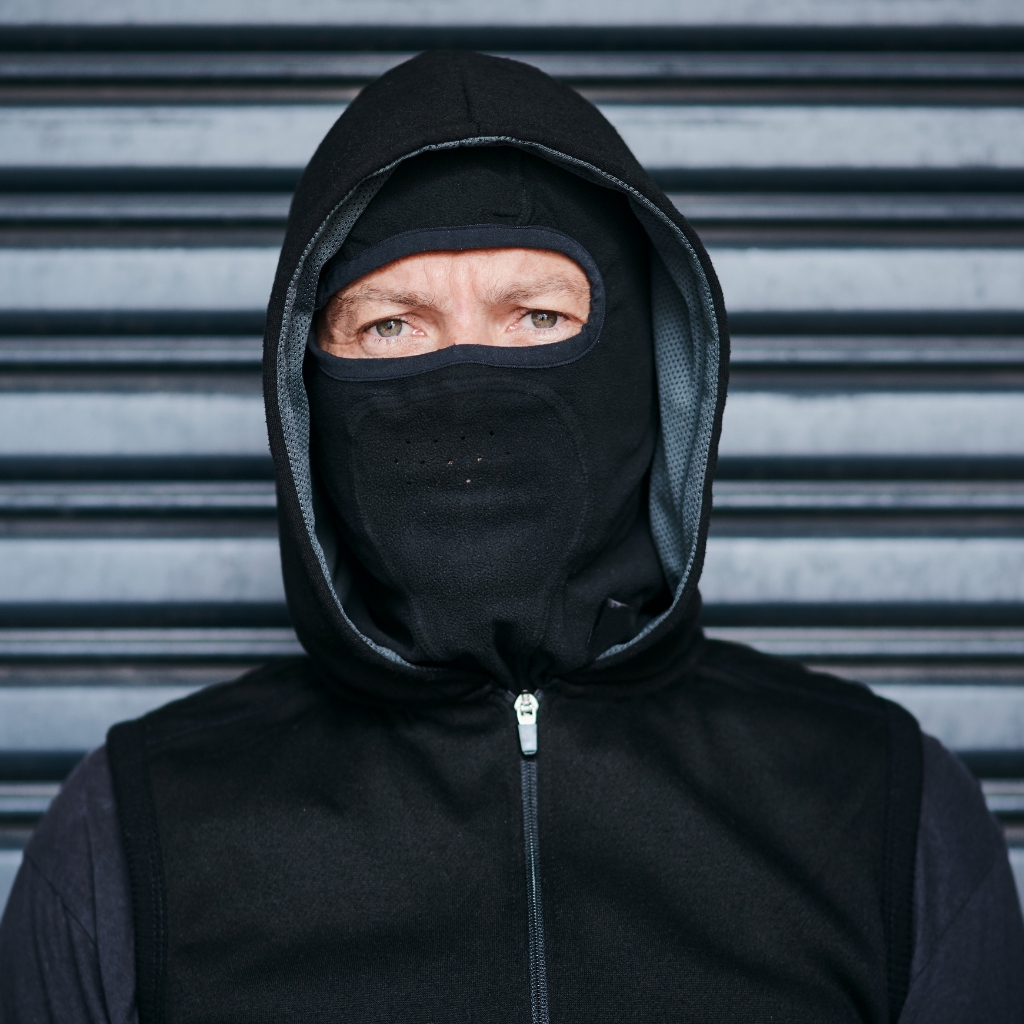
Common Materials
- Cotton – Ideal for leisure with breathability and lightness.
- Wool – Excellent warmth when heavier than mild weather with no breathability.
- Fleece – Soft and warm in addition to common use for winter sports.
- Synthetic Fibers – Active use is moisture-wicking, stretchy, and versatile; use a bonded layer to fleece.
- Silk – Ideal for layering with lightness and smoothness in addition to the lux.
Types of Balaclavas
- Full Face Balaclava This is designed to cover the whole face of a person leaving however the eyes open.
- Half Face Balaclava This type of balaclava leaves the upper lip face exposed while covering the lower lip face.
- Convertible Balaclava This balaclava can be worn in several ways as it can turn into a neck gaiter or open face mask.
- Hooded Balaclava This type of balaclava is designed to give more cover to the neck and head as well.
- Thin Summer Balaclava This sort of balaclava is the lightest and is designed to shield the sun.
“The type of balaclava you wear dictates how you should wrap it for comfort and productivity.”
Preparing to Wrap Your Balaclava
Preparation is what guarantees a smooth wrapping. It starts with the following steps:
- Wash and Dry: To be well stretched and comfortable, a balaclava ought to be clean.
- Check Fit: A balaclava that is too fitted and too loose is uncomfortable and not worn at all.
- Remove Accessories: This includes all earrings, glasses, and bulky clips.
- Tie Long Hair: This has to be done before the head is wrapped.
- Check Environment: This depends on the type of weather and how much is done.
After the preparation has been done, you look forward to start wrapping.
Step 3 Guide on How To Wrap Up a Balaclava
Step 1: Position the Wrap a Balaclava
Both hands should be used to grab the balaclava. Locate the face part. It needs to be put on the head while making sure the crown of the head is covered.
Step 2: Adjust the Edge of the Wrap a Balaclava
Set the edge to cover your eyes, nose, and mouth in any order that is preferred. For warmth, your eyes should be the only thing out. To breathe easier, the head should be lower which follows the mouth.
Step 3: Smoothing Relaxes the Wrap a Balaclava
The longer the balaclava is bent, the easier it is to form irritation on the head.
Step 4: Secure the Section that Cover the Neck
“Make sure you pull the bottom part, which is the neck section, and tuck it into your jacket or shirt.”. This helps in making sure that the sleeve area.
Step 5: Check How It Fits
Breathe and talk with the balaclava on. If it feels too tight, make a slight adjustment.
Step 6: Check the Range of Motion
The balaclava needs to be tightened so that it does not move and become loose.
Wrapping Styles and Techniques
1. Full Face Wrap
This variant Wraps the whole face with the exception of the eyes. Best suited for subzero environments and skiing, or for use in Tactics.
How to Wrap:
- 1. Slip the fabric over the head.
- 2. Adjust the eye opening to the fit.
- 3. Tuck the neck into the garment.
2. Half Face Wrap a Balaclava
This variant Covers the nose and mouth and the rest of the face with the forehead and eyes positioned above. Best suited for use in motorcycles and in dusty surroundings.
How to Wrap:
- 1. Slide the balaclava over the head.
- 2. Fit the fabric positioned under the eyes.
- 3. Ensure the mouth and nose and the rest of the face are covered.
3. Open Face Wrap a Balaclava
“This variant leaves most of the face exposed while it protects the head and neck.”. Best suited for casual use and light sports.
How to Wrap:
- 1. Fit the fabric opening around the forehead and the cheeks.
- 2. Pull the fabric down to create a hoody effect.
4. Neck Gaiter Style
This is worn around the neck and is like a light scarf. Best suited in mildly chilly situations.
How to Wrap:
- 1. Take the balaclava and fold it in half.
- 2. Slide it over the head to the neck region.
- 3. Adjust the fabric to a gentle fit.
5. Layered Wrap a Balaclava
This variant combines the balaclava with helmets, tops, or goggles for complete coverage.
How to Wrap:
- 1. Put the balaclava on.
- 2. Put on the top.
- 3. Re-adjust the fabric for discomfort.
Tips for Comfort and Breathability
- For active sports wear activewear materials.
- Anti-fog goggles are a must, use them if you wear a balaclava.
- If breathing feels restricted, loosen the fabric at the mouth a bit.
- For longer travels, carry multiple balaclavas for varying conditions.
Common Wrapping Mistakes to Avoid
- Wrapping too tightly.
- Leaving too many gaps.
- Not tucking neck fabric.
- Using the wrong fabric.
- Improper layering.
Wrapping for Different Activities
- Winter sports: use full face wrap for the most insulation.
- Motorcycling: half face wrap works best under helmets.
- Outdoor Work: alternate between neck gaiter and full face wrap.
- Hiking: a convertible style works best as the conditions change.
- Fashion: Open face wrap worn with streetwear is a statement look.
Caring for Your Wrap a Balaclava
- Wash after multiple heavy use.
- Do not use bleach, fabric softener, or dryer.
- Store flat or folded, not stretched.
Taking care of the fabric ensures its durability and freshness.
Conclusion
Learning how to wrap a balaclava isn?t only about throwing it over your head. It involves thoughtful positioning, changing different styles of wrapping, and using the right fabrics. Step by step, you follow a guide, and at the end of the process, you achieve a wrapped balaclava that is comfortable, warm, breathable, and safe.
Whether you are skiing, riding, doing outdoor work, or simply incorporating a fashion accessory, the way you wrap your balaclava affects how well it performs its function. It is only through practice that one becomes adept and in turn, is able to enjoy the benefits year round.
Read More Article// What is a Balaclava? Trendy Looks, Warm Vibes & Everyday Uses
FAQs
It should feel snug but not restrictive. Breathing and speaking must remain comfortable.
Yes, but choose thin fabrics and smooth folds to avoid fogging.
Lightweight, breathable fabrics such as polyester blends or silk are ideal.

